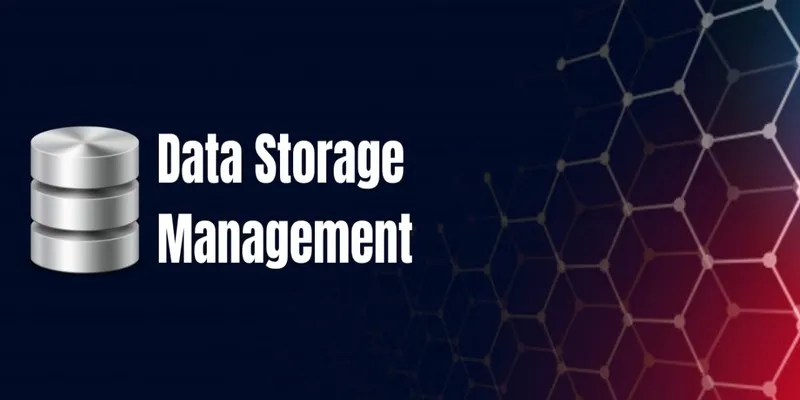Protect Yourself After a Data Breach with These Practical Steps
A data breach can feel like a punch to the gut. One moment, your personal information is secure, and the next, it’s potentially accessed by hackers or cybercriminals. From stolen passwords to leaked financial details, the consequences can be serious. But here’s the good news: you can take steps to minimize the damage and protect yourself moving forward.

Understanding what actions to take after a breach, both immediately and long-term, can help you regain control of your data and safeguard your future. In this article, we’ll break down what you need to do after a breach, step by step.
Step-by-Step Guide for Ensuring Protection After a Data Breach
Step One: Understand the Breach
First and foremost, assess the situation once a breach is identified. Not all breaches are equal. Some may compromise your email and password, while others may involve your credit card number or Social Security number. Knowing what was breached is essential for further action.
Start by investigating the origin of the breach. If you receive an email notification from the company involved, read it carefully. Most companies will provide information about what was accessed and their plans to resolve the situation. If the notification is vague, go directly to the company’s website or contact them to confirm the breach.
Determine what kind of information has been compromised. If only the email is attacked, changing your password might suffice. However, if financial or private information is revealed, more critical actions are required, as outlined in the following steps.
Step Two: Secure Your Accounts
Your next move is to secure your accounts. The easiest way for hackers to exploit a breach is through compromised passwords, so start there. Change the password for the affected account immediately, and update any other accounts that share the same or a similar password. To prevent this from happening again, use unique passwords for every account. A password manager can assist you in creating and storing strong passwords.

In addition to changing passwords, enable two-factor authentication (2FA) on all accounts that offer it. 2FA adds an extra layer to the login process. Even if someone has your password, they won’t be able to access your account without this second security step.
For breaches involving financial information, notify your bank or credit card provider immediately. They can freeze your accounts, issue new cards, or help you monitor for suspicious activity. It’s also a good idea to place a fraud alert on your credit report. This ensures that creditors must verify your identity before opening new accounts in your name.
Step Three: Monitor for Suspicious Activity
After a breach, it’s essential to stay alert for signs of fraud. Hackers often use stolen data gradually, so problems might not appear right away. Keep a close eye on your bank statements, credit card bills, and other financial accounts. Look for unfamiliar charges, withdrawals, or account changes, no matter how small.
For additional peace of mind, consider freezing your credit. A credit freeze prevents the opening of new accounts under your name, even if they have your personal information. You can easily unfreeze your credit if you need to apply for a loan or credit card in the future.
You should also monitor your email and phone for phishing attempts. Cybercriminals often target victims of breaches with fake emails or calls, trying to trick them into revealing even more information. Be cautious of unsolicited messages, especially if they ask for sensitive details or include links to unfamiliar websites.
Step Four: Strengthen Your Online Security
Recovering from a data breach is an opportunity to improve your overall online security. Start by reviewing your accounts. Close any accounts you no longer use, as these are prime targets for hackers. For active accounts, double-check your security settings and update outdated information.

Educate yourself about phishing scams and other common cyber threats. Knowing how to spot red flags, like generic greetings or urgent requests for information, can help you avoid falling victim to future attacks. Be particularly cautious of emails or messages claiming to be from companies involved in the breach. Always verify their legitimacy before clicking links or providing personal details.
Invest in tools that enhance your privacy and security online. Password managers, encrypted email services, and VPNs are just a few examples of tools that can reduce your exposure to cyber risks. While no solution is foolproof, these tools make it much harder for hackers to access your data.
Step Five: Stay Informed and Proactive
Staying informed about cybersecurity best practices is crucial for protecting yourself in the long run. Follow updates from reputable cybersecurity sources to learn about emerging threats and how to guard against them. If you’re notified of future breaches, act quickly to secure your accounts and mitigate risks.
Consider signing up for an identity theft protection service. These services monitor your personal information across the internet, including the dark web, and alert you to potential threats. While they can’t prevent breaches, they provide an added layer of vigilance and support.
Most importantly, take ownership of your online presence. Be selective about the companies you share information with and understand their privacy policies. Opt for services with a proven track record of strong data security. And remember: being proactive is the best defense against data breaches.
Conclusion
A data breach can leave you feeling vulnerable, but the right steps can help you regain control. From understanding the breach to securing your accounts and monitoring for fraud, each action you take reduces the risk of further harm. Strengthening your online security isn’t just about responding to a single breach—it’s about building habits that protect your data in the long term. While breaches are an unfortunate reality of the digital age, they don’t have to define your online experience. By staying informed and proactive, you can protect yourself and move forward with confidence.







